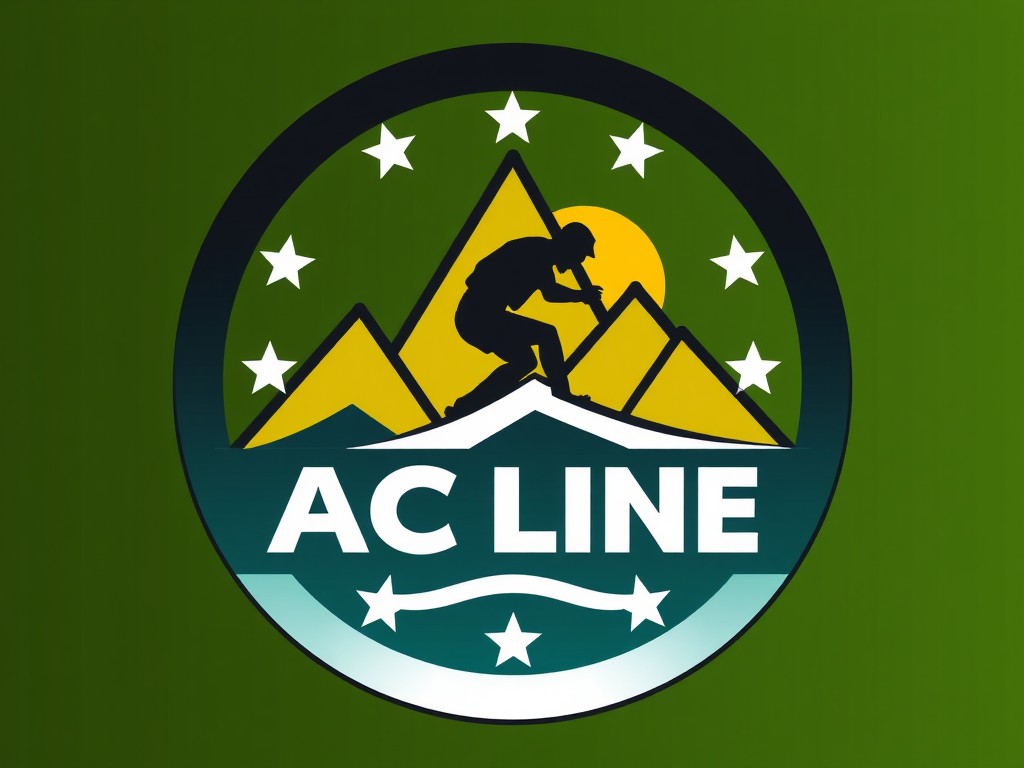Overview of Quick-Release Fuel Tanks
Quick-release fuel tanks are an innovative solution in the world of sport bike racing. These tanks are designed to enhance refueling efficiency, a critical aspect during high-stakes races. Unlike traditional fuel systems, quick-release tanks enable rapid detachment and secure reattachment. This optimises pit stop times, giving racers a competitive edge.
The mechanics of these tanks are ingeniously straightforward: they feature a specialised latch or fastener system, allowing for swift changes without compromising on the seal or safety. This is especially beneficial in sport bike racing, where every second counts.
Topic to read : Conquering uk emissions regulations: the complete handbook for sport bike compliance
Comparatively, traditional fuel systems fall short in racing environments, as they tend to be cumbersome and time-consuming, which can significantly affect race outcomes. Quick-release tanks mitigate these issues by ensuring a seamless and efficient fuel exchange process.
In the UK sport bike racing landscape, the demand for quick-release fuel tanks has surged. With a specific focus on refueling efficiency, UK racers find these tanks indispensable for maintaining competitive speeds. This innovation supports the unique requirements of the fast-paced racing culture in the region, helping local racers keep up with international standards.
In the same genre : Experience exceptional service at your online bike shop
Tools and Materials Needed for Installation
When preparing for a fuel tank installation on your sport bike, having the right assortment of tools and materials is crucial. Selecting the appropriate equipment can significantly influence the quality and safety of the installation.
Essential Tools
The process mandates specific installation tools. These include:
- Wrenches and ratchets of various sizes to accommodate different bolt and nut configurations.
- Screwdrivers for removing and tightening screws.
- Allen keys or hex keys, often used for specialized bolts on sport bikes.
These ensure all parts are tightened to the manufacturer’s specifications.
Recommended Materials
Creating a comprehensive materials list is imperative. Ensure you have:
- Replacement gaskets to maintain a secure seal.
- Fuel-resistant hoses which are necessary to connect the tank without leakage.
- Adhesives and sealants suitable for motorcycle use, ensuring longevity and durability.
Finding parts compatible with your bike model will prevent complications.
Safety Equipment
The importance of safety equipment cannot be understated during fuel tank installations. Essential gear includes:
- Gloves to protect your hands from fuel exposure and sharp edges.
- Safety goggles to shield your eyes from potential splashes.
Being well-prepared enhances not only efficiency but safety as well.
Step-by-Step Installation Process
Installing your new fuel tank involves several important steps, each ensuring a snug and leak-free installation.
Removing the Existing Fuel Tank:
Begin by safely disconnecting any fuel lines attached to the old tank. Make sure to drain any remaining fuel to avoid leakage. Carefully unbolt the tank, paying attention not to damage any mounting brackets. Lift out the tank, ensuring no components are left unsecured.
Integration of the Quick-Release Mechanism:
With the old tank removed, focus on the quick-release mechanism. Diagrams provided in most installation guides illustrate precisely where to place this mechanism on the new tank. Attach the quick-release to the predetermined points, ensuring it clicks securely. This facilitates easy removal and replacement in future maintenance.
Best Practices for Securing the New Tank:
Position the new fuel tank carefully into its compartment. Ensure that all fittings align properly with existing brackets. Thoroughly tighten all bolts to avoid any movement. This prevents leaks and ensures the tank remains secure during vehicle operation. Check all connections and reseal if necessary to avoid issues later on.
Common Challenges and Solutions
When facing installation challenges for your vehicle, it’s often due to a few common issues. Recognizing and diagnosing these problems is crucial for a hassle-free setup. Many racers and mechanics encounter fuel tank issues, such as improper fittings or leakage. Ensuring correct alignment and secure connections can mitigate these concerns.
Experienced experts suggest meticulous pre-checks to identify any discrepancies in the components before starting the installation. This could involve verifying the compatibility of parts, as well as ensuring all tools required for the process are on hand. Being prepared means avoiding complications later on.
Troubleshooting when issues arise is another critical skill. If there are problems, like a non-functioning component, review each step of your process methodically. Consulting with peers or looking up installation guides can also be beneficial for real-time advice.
To prevent future problems, consider conducting regular maintenance checks post-installation. This ensures any wear and tear doesn’t escalate into significant faults. By staying vigilant and proactive, your installation process can be both smoother and more efficient, saving you time and effort in the long run.
Maintenance Tips for Quick-Release Fuel Tanks
Maintaining a quick-release fuel tank is crucial for ensuring optimal performance and longevity. Understanding the essentials of fuel tank maintenance helps preserve its efficiency and the overall racing experience.
Regular Maintenance Checklist
Routine checks are a staple of effective fuel tank maintenance. Essential tasks include:
- Inspecting for leaks to prevent loss of fuel and potential hazards.
- Ensuring that the quick-release mechanism functions smoothly to facilitate seamless fuel changes.
- Cleaning the tank interior to avoid fuel contamination and maintain engine performance. Verifying that all connections are tight and secure to prevent inefficiencies during races.
Common Maintenance Issues
Quick-release fuel tanks may face common wear-and-tear issues. These include valve malfunctions, due to dirt build-up or mechanical failure, and seal deterioration, which can lead to leaks. Regular lubrication and seal inspection are recommended to avert these problems. Immediate attention to performance dips can prevent minor issues from escalating.
Long-term Care Tips
For enduring performance optimization, fuel tanks should be stored in a clean environment and periodically flushed to clear residues. Consider using racing-grade fuel stabilisers to prolong fuel shelf life. Implementing these best practices supports performance optimization and extends the tank’s usability in competitive scenarios.
Insights from Racing Experts
Gaining expert advice from seasoned sport bike racers offers invaluable insights into the world of competitive racing. During interviews, these professionals often highlight the critical role of fuel tank performance in determining race outcomes. A recurring theme in their discussions is the advantage of quick-release tanks—a feature that can significantly improve efficiency during pit stops. Quick-release mechanisms are praised for their ability to shorten refueling times, enabling riders to return to the track more rapidly.
Furthermore, experts suggest that optimising refueling strategies is crucial. They recommend planning pit stops in alignment with race conditions, factoring in variables such as track length and weather. Precision in these strategies can minimise time lost during crucial moments, potentially swaying a race in a racer’s favour. To enhance fuel tank performance, they advise regular maintenance and checks to ensure functionality throughout the race.
By understanding and implementing these racing insights, competitors can fine-tune their approach, potentially reducing time on pit road and enhancing their overall performance. Such knowledge underscores the blend of skill and strategy required to succeed in high-speed sport bike racing.
Video Tutorials and Visual Aids
Exploring installation videos and visual guides can significantly enhance your understanding of a product or process. These resources serve as an excellent way to supplement traditional learning resources by providing clear, step-by-step guidance.
Recommended Video Channels
For those seeking video tutorials, well-curated channels are invaluable. Popular platforms like YouTube host numerous channels that specialise in delivering comprehensive installation videos. Channels like “This Old House” or “DIY Network” offer reliable and detailed guidance. These resources encapsulate complex procedures in an engaging manner, ensuring viewer participation and comprehension.
Visual Aids for Installation
Clear diagrams or infographics are beneficial visual aids for those working on installations. Many manufacturers provide high-quality illustrations to accompany their products. These visual tools simplify steps, highlight critical components, and reduce the risk of errors during the installation process.
User-Generated Content
User-generated content plays a pivotal role in sharing real-world experiences. DIY enthusiasts often create and upload personal videos, showcasing unique tips and tricks. Engaging with this material can motivate readers to develop their own projects. Sharing personal insights through videos enriches the community, fostering an environment of mutual learning and support. Consider adding your own experiences to this wealth of resources.











